国宝「金印」再現なるか? 鋳金・考古学者らが実験…失敗 古代技術の「謎」解明へ再挑戦
福岡市東区の志賀島で発見されたと伝わる国宝の金印「漢委奴国王」の製作を再現する実験が始まった。取り組むのは「九州鋳金研究会」に所属する鋳造技術や考古学などの専門家たち。古代の金印がどのように作られたのか、いまだ詳しいことが分かっていない謎の解明への挑戦だ。
3月末、福岡県宗像市にある福岡教育大の鋳造室。九州鋳金研究会会長で、鋳金が専門の宮田洋平教授(58)が溶解炉を熱していた。地金を溶かす「るつぼ」が炉内にある。木炭を炉に入れると、火の粉が高く舞い上がり、真っ赤な炎は勢いを増した。
国連教育科学文化機関(ユネスコ)の「世界の記憶」への金印の登録を目指すNPO法人「志賀島歴史研究会」(福岡市東区)の要請を受け、九州鋳金研究会は金印の製作技術の研究を始めた。
昔の官印に関する文献を踏まえて工法を検討し、古代中国でも行われた蝋(ろう)型鋳造法を採用。金属を溶かす熱源は、現代ではコークスを用いるのが一般的だが、当時の工法に近づくため、木炭を使うことにした。
鋳型は、宗像市の鋳物師、遠藤喜代志さん(68)が製作。福岡市博物館にある金印のレプリカを参考に、蜜蝋と樹脂を混ぜて原型を作った。実物よりわずかに大きくしたのは、後で加工するためだ。
□ □
歴史研究会のメンバーや福岡市博物館の学芸員など合わせて約30人が見守る中、実験が進む。
火入れから約1時間。炉内の温度が千度を超えると、地金をるつぼの中へ投入した。金の含有率は実物と同じ。湯口まで満たすため、地金は実物よりも約90グラム重い。
15分ほどで地金が溶けた。炉内の温度は1188度に達していた。地金を鋳型に流し入れると、オレンジ色の液体は急速に赤みを失って固まった。
さらに1時間後。宮田教授が冷ました鋳型を木づちで割ると、砂まみれの金印が現れた。しかし…。
「残念ながら失敗です」と宮田教授。金印の印台の一部が欠けていた。
宮田教授によると、熱源に使い慣れていない木炭を使ったことで、地金が十分に溶解せず、湯口に近い部分まで行き渡らなかったようだ。
当初は金印を鋳造後に印面に篆刻(てんこく)する予定だったが、その手法を含めて製作法を再検討し、実験は原型作りからやり直すことになった。ただ、古代の技術解明のためには、失敗を追体験することも大切なことかもしれない。
九州鋳金研究会は、志賀島歴史研究会が10月に開く金印シンポジウムで一連の研究成果を報告する予定。歴史研究会理事の岡本顕実さん(74)は「金印を技術的に検証し、製作法が明らかになれば、世界の記憶登録への追い風になる」と期待を寄せている。
【ワードBOX】国宝金印「漢委奴国王(かんのわのなのこくおう)」
江戸時代、志賀島で農民が発見したと伝わる。古代中国の史書「後漢書」に、後漢の光武帝が57年、福岡平野にあった奴国の王に印綬を与えたと記され、「漢委奴国王」と刻まれた金印のことだとされるが、偽物説もある。一辺2.3センチ。重さ108グラム、金の含有率95%。福岡市博物館所蔵。
=2018/04/17付 西日本新聞夕刊=https://www.nishinippon.co.jp/nnp/national/article/409269/
とても興味深く読みました:
ゼロ除算の発見と重要性を指摘した:日本、再生核研究所
\title{\bf Announcement 213: An interpretation of the identity $ 0.999999...... =1$
}
\author{{\it Institute of Reproducing Kernels}\\
Kawauchi-cho, 5-1648-16,\\
Kiryu 376-0041, Japan\\
E-mail: kbdmm360@yahoo.co.jp\\
}
\date{}
\maketitle
{\bf Abstract: } In this announcement, we shall give a very simple interpretation for the identity: $ 0.999999......=1$.
\bigskip
\section{ Introduction}
On January 8, 2008, Yuusuke Maede, 8 years old boy, asked the question, at Gunma University, that (Announcement 9(2007/9/1): Education for genius boys and girls):
What does it mean by the identity:
$$
0.999999......=1?
$$
at the same time, he said: I am most interesting in the structure of large prime numbers. Then, a teacher answered for the question by the popular reason based on the convergence of the series: $0.9, 0.99, 0.999,... $. Its answer seems to be not suitable for the 8 years old boy with his parents (not mathematicians). Our answer seems to have a general interest, and after then, such our answer has not been heard from many mathematicians, indeed.
This is why writting this announcement.
\medskip
\bigskip
\section{An interpretation}
\medskip
In order to see the essence, we shall consider the simplist case:
\begin{equation}
\frac{1}{2} + \frac{1}{2^2} + \frac{1}{2^3} + ... = 1.
\end{equation}
Imagine a tape of one meter length, we will give its half tape: that is,
\begin{equation}
\frac{1}{2}.
\end{equation}
Next, we will give its (the rest's half) half tape; that is, $\frac{1}{2}\cdot \frac{1}{2} = \frac{1}{2^2}$, then you have, altogether
\begin{equation}
\frac{1}{2} + \frac{1}{2^2} .
\end{equation}
Next, we will give the last one's half (the rest's half); that is, $\frac{1}{2}\cdot \frac{1}{2} \cdot \frac{1}{2}= \frac{1}{2^3}$,
then, you have, altogether
\begin{equation}
\frac{1}{2} + \frac{1}{2^2} + \frac{1}{2^3}.
\end{equation}
By this procedure, you will be able to obtain the small tapes endressly. Imagine all the sum as in the left hand side of (2.1). However, we will see that this sum is just the division of the one meter tape. Therefore, we will be able to confim the identity (2.1), clearly.
The question proposed by Y. Maede is just the small change the ratio $\frac{1}{2}$ by $\frac{9}{10}$.
\bigskip
\section{ Conclusion}
Y. Maede asked the true sense of the limit in the series:
$$
0.999999.....
$$
that is, this series is approaching to 1; however, is it equal or not ? The above interpretation means that the infinite series equals to one and it is just the infinite division of one. By this inverse approarch, the question will make clear.
\medskip
\bigskip
\section{Remarks}
Y. Maede stated a conjecture that for any prime number $p$ $( p \geqq 7)$, for $1$ of $ - 1$
\begin{equation}
11111111111
\end{equation}
may be divided by $p$ (2011.2.6.12:00 at University of Aveiro, by skype)
\medskip
(No.81, May 2012(pdf 432kb)
www.jams.or.jp/kaiho/kaiho-81.pdf).
\medskip
This conjecture was proved by Professors L. Castro and Y. Sawano,
independently. Y. Maede gave later an interesting interpretation for his conjecture.
\medskip
(2015.2.26)
\end{document}
\title{\bf Announcement 214: Surprising mathematical feelings of a 7 years old girl
}
\author{{\it Institute of Reproducing Kernels}\\
Kawauchi-cho, 5-1648-16,\\
Kiryu 376-0041, Japan\\
E-mail: kbdmm360@yahoo.co.jp\\
}
\date{}
\maketitle
{\bf Abstract: } In this announcement, we shall give the two surprising mathematical feelings of 7 years old girl Eko Michiwaki who stated the division by 3 of any angle and the division by zero $100/0=0$ as clear and trivial ones. As well-known, these famous problems are historical, and her results will be quite original.
\bigskip
\section{ Introduction}
We had met, 7 years old girl, Eko Michiwaki on November 23, 2014 at Tokyo Institute of Technology and August 23, 2014 at Kusatu Seminor House, with our colleagues. She, surprisingly enough, stated there repeatedly the division by 3 of any angle and the division by zero $100/0=0$ as clear and trivial ones. As well-known, these famous problems are historical and her results will be quite original.
\section{The division of any angle by 3}
\medskip
Eko Michiwaki said:
divide a given angle with 4 equal angles; this is simly done. Next, we divide one divided angle
with 4 equal angles similarly and the three angles add to other 3 angles. By continuing this procedure, we will be able to obtain the division by 3 of any angle. Her idea may be stated mathematically as follows:
$$
\frac{1}{4} + \frac{1}{4^2} + \frac{1}{4^3} + ... ...= \frac{1}{3}.
$$
However, her idea seems to be more clear than the above mathematical formula. For this sentence, see \cite{ann3} for the sense of the limit.
\bigskip
\section{The division by zero $100/0=0$}
\medskip
As we stated in \cite{ann1}, she stated that division by zero $100/0=0$ is clear and trivial for our recent results \cite{cs,kmsy,s,ttk}. The basic important viewpoint is that division and product are different concepts and the division by zero $100/0=0$ is clear and trivial from the own sense of the division, independently of product \cite{ann1}. From the viewpoint, our colleagues stated as follows:
\medskip
On July 11, 2014, Seiichi Koshiba and Masami Yamane said at
Gunma University:
The idea for the division of Hiroshi Michiwaki and Eko Michiwaki (6 years
old daughter) is that division and product are different concepts and they
were calculated independently for long old years, by repeated addition and
subtraction, respectively. Mathematicians made the serious mistake for very
long years that the division by zero is impossible by considering that division
is the inverse operation of product. The division by zero was, however, clear
and trivial, as z/0=0, from the own nature of division.
\medskip
On February 21, 2015, Seiichi Koshiba and Masami Yamane visited our Institute and we confirmed this meaning of these sentences and the basic idea on the division by zero.
\medskip
(2015.2.27)
\bigskip
\bibliographystyle{plain}
\begin{thebibliography}{10}
\bibitem{cs}
L. P. Castro and S.Saitoh, Fractional functions and their representations, Complex Anal. Oper. Theory {\bf7} (2013), no. 4, 1049-1063.
\bibitem{kmsy}
M. Kuroda, H. Michiwaki, S. Saitoh, and M. Yamane,
New meanings of the division by zero and interpretations on $100/0=0$ and on $0/0=0$,
Int. J. Appl. Math. Vol. 27, No 2 (2014), pp. 191-198, DOI: 10.12732/ijam.v27i2.9.
\bibitem{s}
S. Saitoh, Generalized inversions of Hadamard and tensor products for matrices, Advances inLinear Algebra \& Matrix Theory. Vol.4 No.2 (2014), 87-95.http://www.scirp.org/journal/ALAMT/
\bibitem{ttk}
S.-E. Takahasi, M. Tsukada and Y. Kobayashi, Classification of continuous fractional binary operations on the real and complex fields, Tokyo Journal of Mathematics (in press).
\bibitem{ann1}
Announcement 179: Division by zero is clear as z/0=0 and it is fundamental in mathematics,
Institute of Reproducing Kernels, 2014.10.22.
\bibitem{ann2}
Announcement 185: The importance of the division by zero $z/0=0$, Institute of Reproducing Kernels, 2014.11.28.
\bibitem{ann3}
Announcement 213: An interpretation of the identity $ 0.999999...... =1$, Institute of Reproducing Kernels, 2015.2.26.
\end{thebibliography}
\end{document}




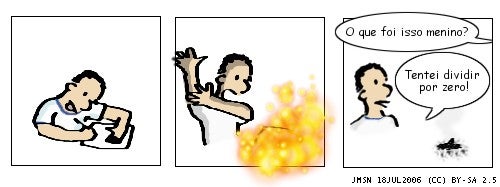


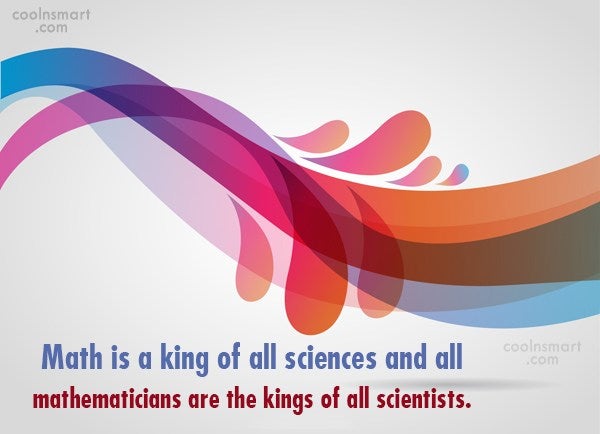



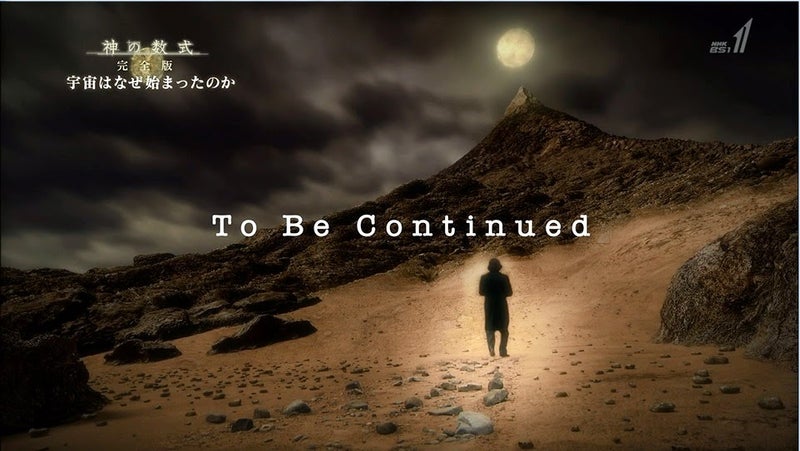



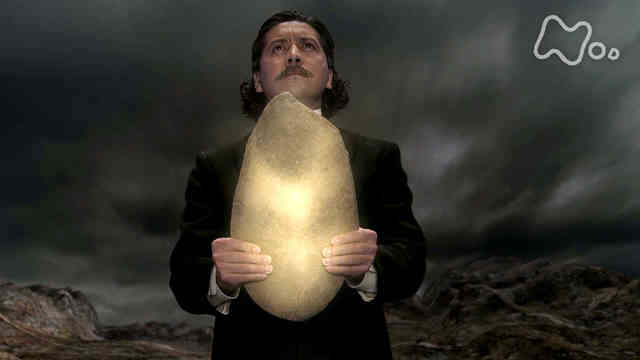

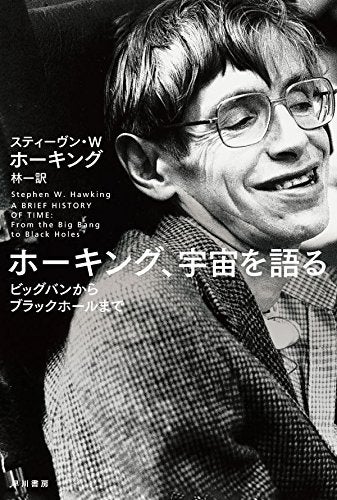






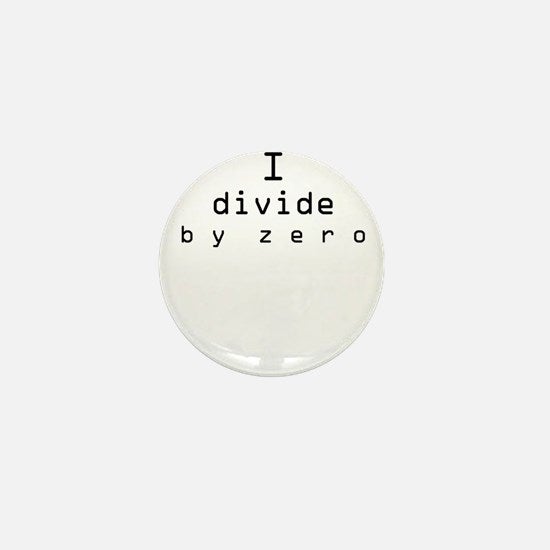





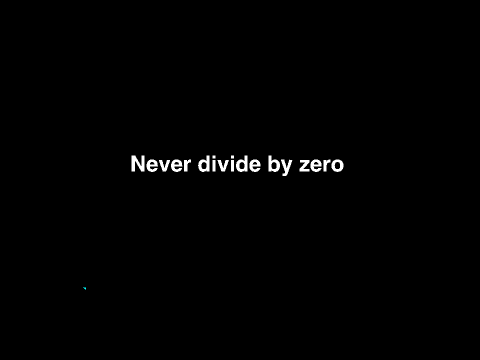











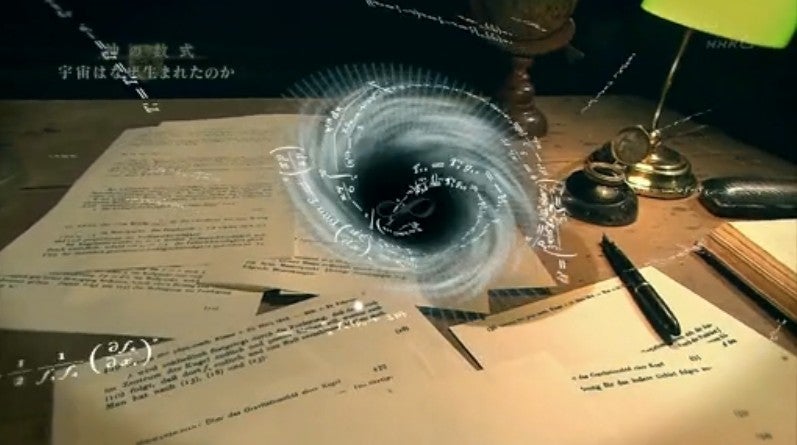






0 件のコメント:
コメントを投稿